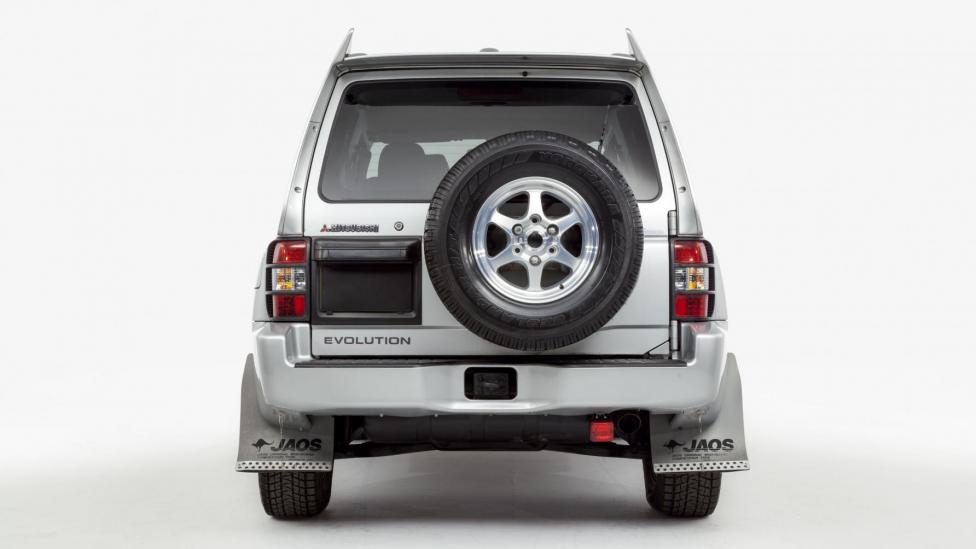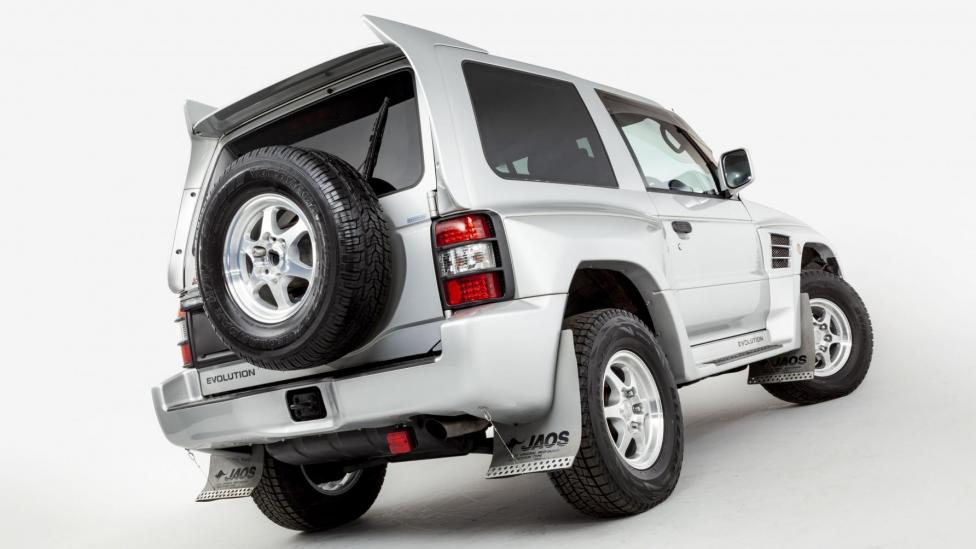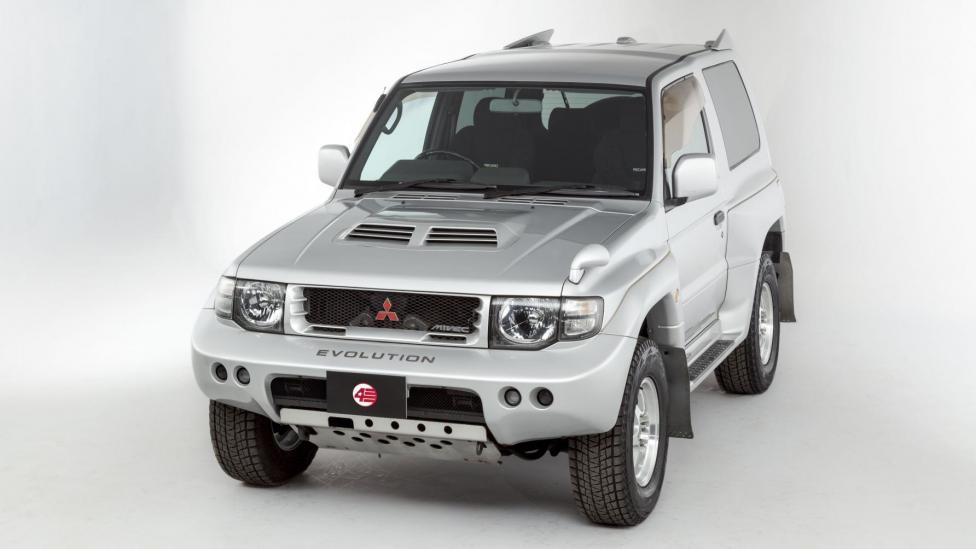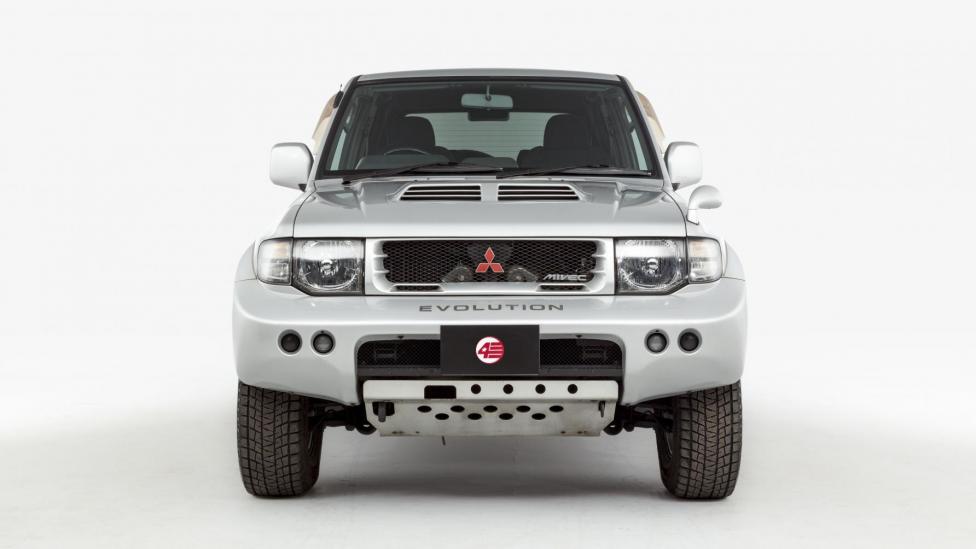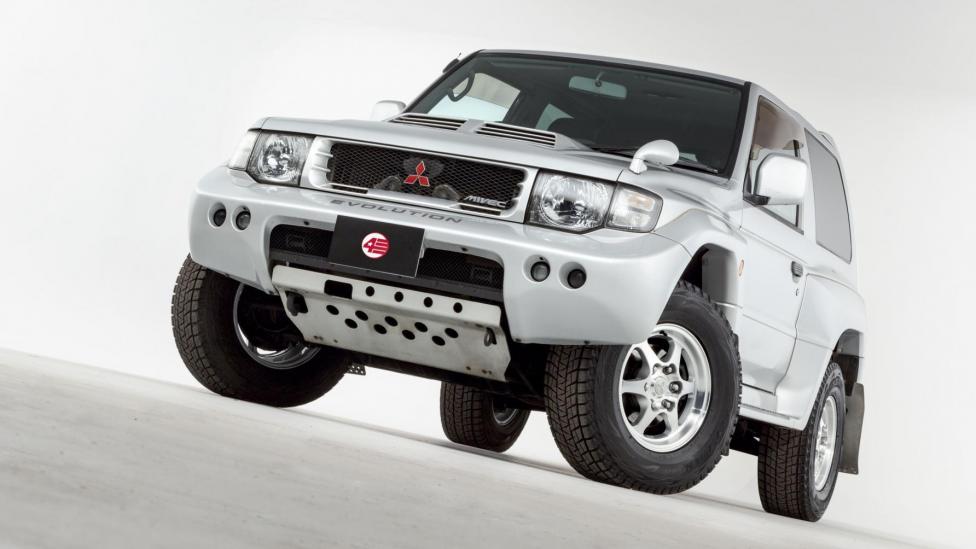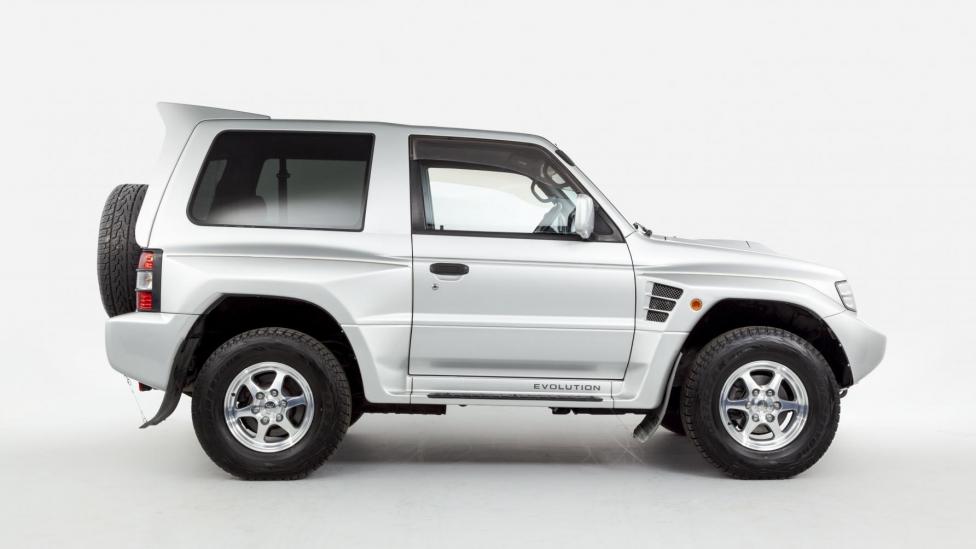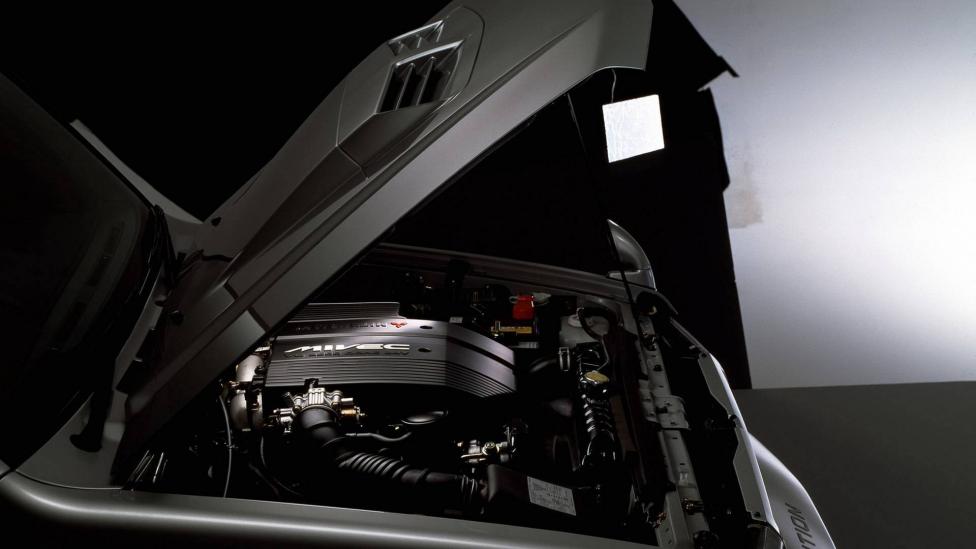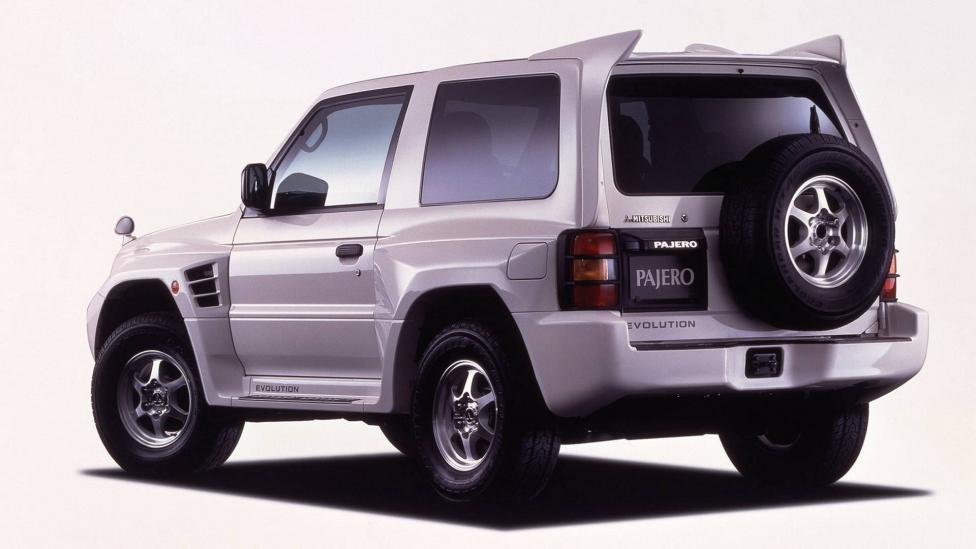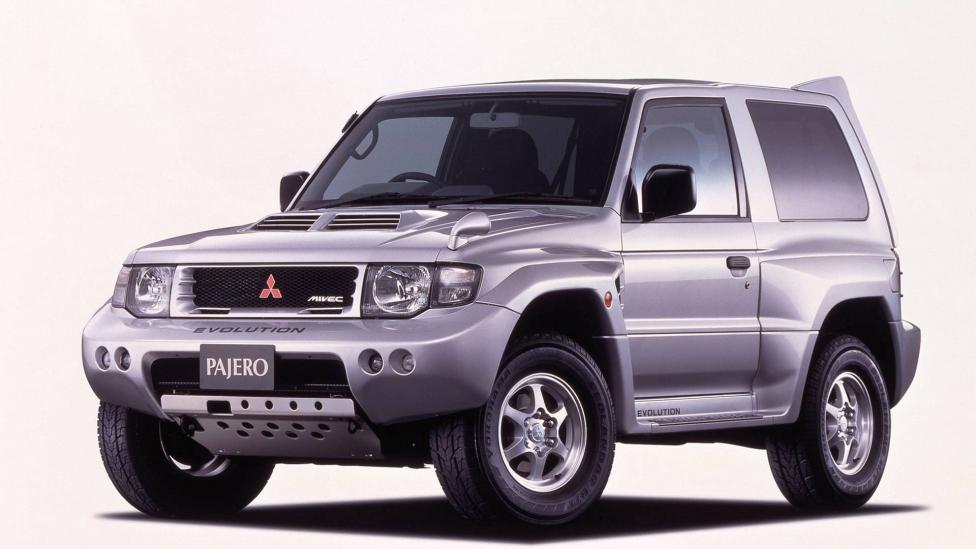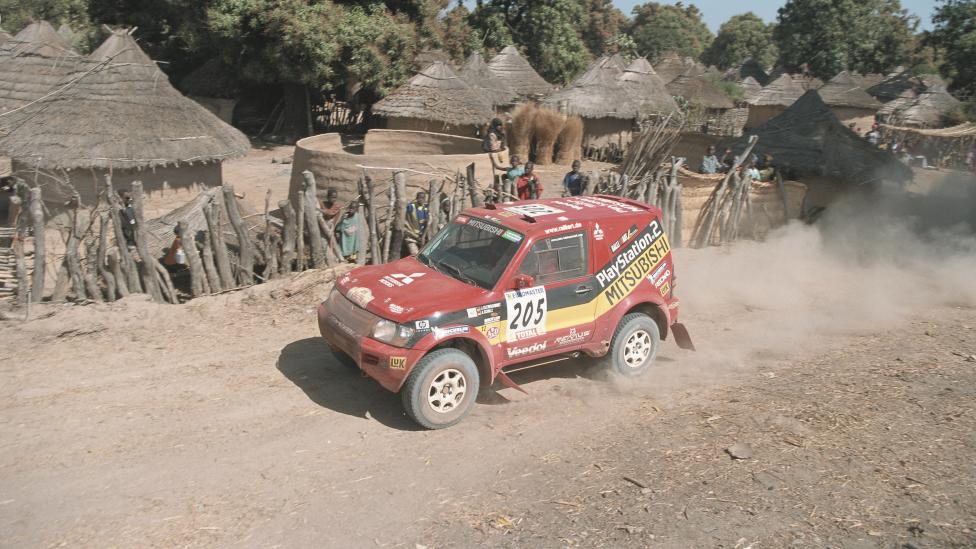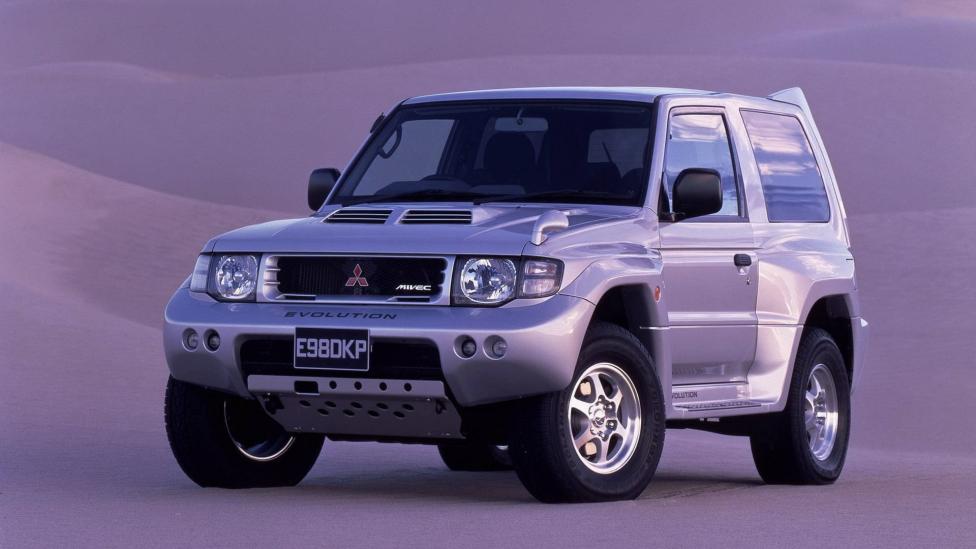Remember the Mitsubishi Pajero Evo?
Limited to just 2,500 units, the Mitsubishi Pajero Evo is a rare, homologated Dakar hero
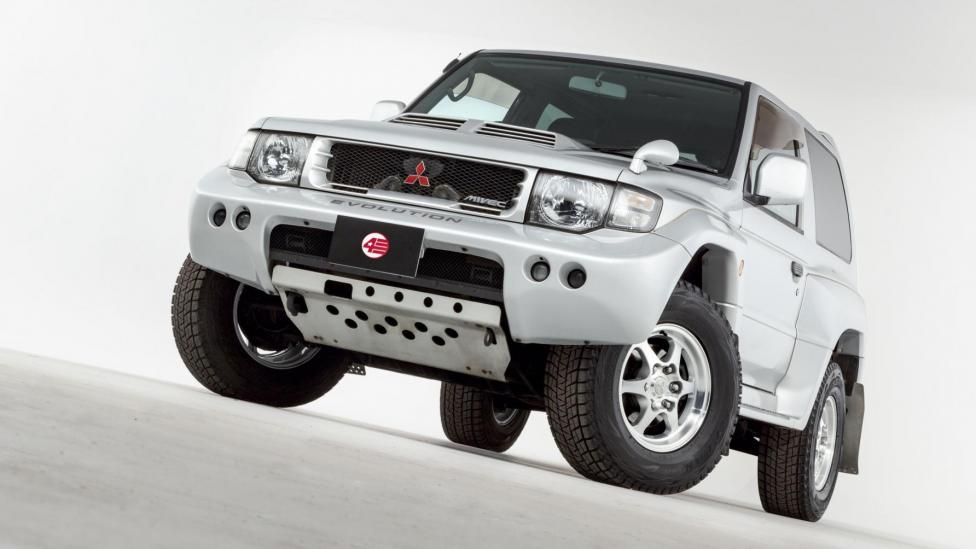
What you’re looking at is a machine that achieved off-road dominance never matched by another manufacturer. What you’re looking at is a machine with more back-to-back trophies than a Lancia Delta Integrale. What you’re looking at is a proper homologation special – just one that’s still somehow a bargain.
And, given that nothing else in this world, apart from the Casio F-91W, genuinely qualifies as a bargain, that leaves us with just one question: why?
After all, just 2,500 Pajero Evos were built, all so Mitsubishi could go and clean up the production-vehicle class at Dakar. Mitsu gave its short-wheelbase Pajero quicker steering and a stiffer body, dual wishbone suspension up front and a proper multi-link setup in the back – with nearly a foot of travel at both ends – and a vastly wider track, necessitating those lovely box arches.
It worked so well that Mitsubishi claimed an incredible 1-2-3-4 finish in 1998 – not in its class, but overall. The 1998 hat trick for the Evo (a Mitsubishi Challenger took fourth place) is just one of 12 Dakar wins for Mitsubishi – the most of any manufacturer – and includes an unbeaten streak from 2001 to 2007. There’s no way to be coy about Mitsubishi’s Dakar success – thanks to the Pajero Evo, Mitsu has more than twice the number of stage wins as its nearest competitor, Peugeot, at 161 to 78. So the off-road Evo has the proper racing pedigree to be worth squillions.
Perhaps it’s the brand, then. We’re a long way from Mitsubishi’s glory days, when you couldn't think of the triple-diamond badge without immediately picturing a cloud of dust trailing in its wake. Cascading money problems (many due to the factors outside of its control, like the Plaza Accord), bad timing and even worse decisions – like trying to cover up vehicle defects and cheating on emissions – left Mitsubishi a shadow of its former self. But then again, you’d be hard-pressed to say Lancia is anything more than a shadow of a shadow of its former self. And that doesn’t stop 037s, Fulvia HFs and Delta Integrales fetching incredible sums.
Maybe it’s the engine, then. Sure, it has dual overhead cams and 24 valves, like Alfa’s beautiful Busso V6. And Mitsu’s V6 has variable valve timing and a twin-plenum intake. And fine, the rev limiter doesn’t kick in until you’re on the fun side of 7,000rpm. And there’s 280 naturally aspirated horsepower on tap. Um, did we miss something? A V6 with more power and torque than the best-ever Busso, years before the 147 GTA came out, and strapped into the winningest Dakar car ever. Where’s the problem?
No, really – it’s a race-dominating, limited-run homologation special with all sorts of top-tier parts and an engine that could trade blows with a Busso all day. So what gives?
Our best guess at this point is that the Pajero Evo just sort of... slipped through the cracks. Like the Lancia Fulvia did a while back, and the Alfa 105 before it. So really, we’re in a kind of grace period where only those in the know... well, know the bargain they’ve picked up, which keeps prices down. Until, say, an international car website... runs a story on it. Oh.
